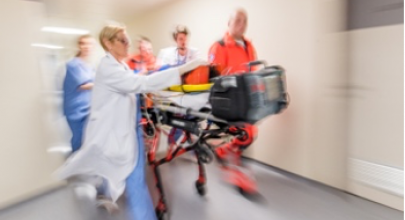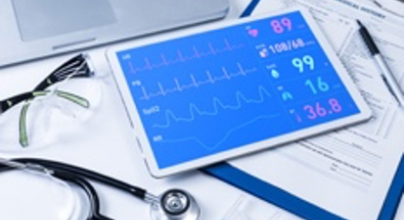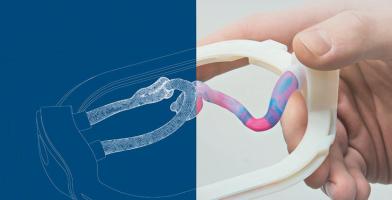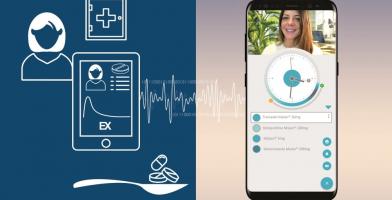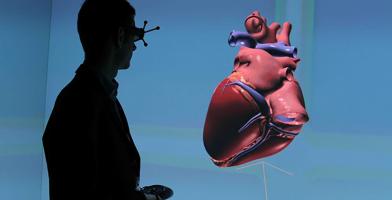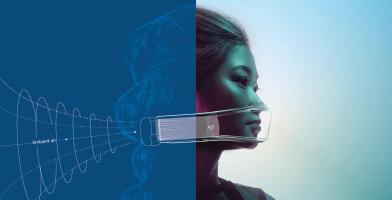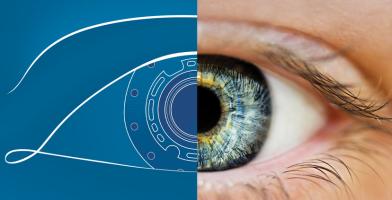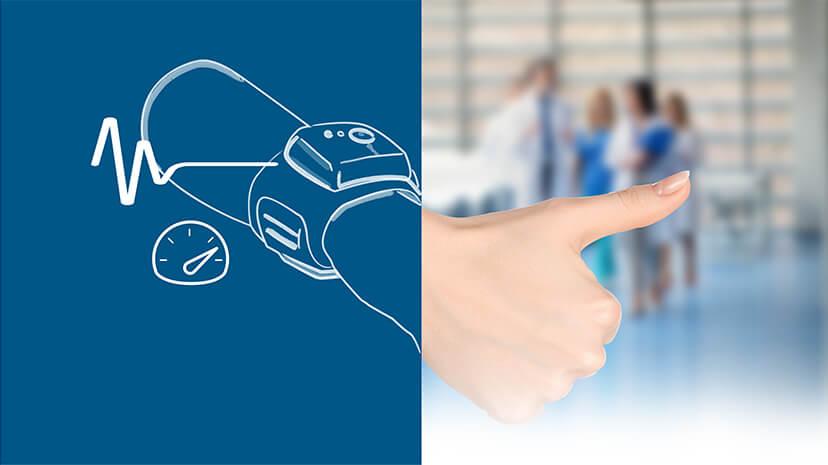

IF WE monitor blood pressure accurately and continuously, can we save billions of lives globally?
There is an unmet need for accurate and continuous non-invasive blood pressure (cNIBP) monitoring. Problems stemming from inaccurate, intermittent (single-time-point) BP measurement and sub-therapeutic management of BP are particularly pronounced in hospitals, where currently, the only option for continuous measurement is the invasive intra-arterial catheter, which can lead to clinically significant complications. The other option, cuffed devices, provide only intermittent and often inaccurate BP readings.
The first standalone cuffless, wearable technology to measure BP accurately and continuously
BREAKTHROUGH IDEA
Dynocardia’s proprietary ViTrack™ methodology is the technology behind ViTrack, a wrist- wearable device with the processing power to enable continuous beat-to-beat BP monitoring. ViTrack technology is poised to surmount century-old obstacles to obtaining accurate and continuous measurement of BP by enabling ambulatory and nocturnal measurement. Additionally, ViTrack technology holds great promise for improving outcomes in 1.5 billion people living with hypertension around the world, who are at heightened risk for stroke and heart attacks.
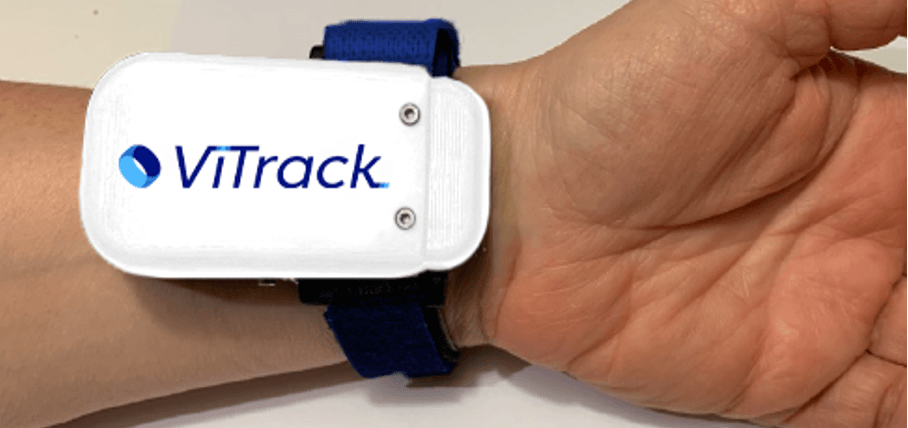
POSITIVE IMPACT ON THE SOCIETY
GOAL 3: GOOD HEALTH AND WELL-BEING

BENEFITS TO USE THE 3DEXPERIENCE PLATFORM ON THE CLOUD
“We are so grateful to 3DS for their interest in our work and investment in our efforts” says Dynocardia founder Mohan Thanikachalam, MD. We believe that their state-of-the-art prototyping facilities located here in Boston, along with 3DS’s product-development-software portfolio, automated platform for clinical trial recruitment, and strength of their engineering, IT, and design teams worldwide will allow us to commercialize ViTrack™ much faster than we’d have been able to otherwise.
COLLABORATIVE & COLLECTIVE INTELLIGENCE
Over the coming decade, ViTrack has the potential to monitor BP in billions of people and aggregate this real-world data in the cloud for unprecedented research opportunities for the prevention of cardiovascular disease. In addition to BP, ViTrack can provide heart rate, respiratory and other valuable cardio-hemodynamic data.
PLAY 3DEXPERIENCE
Meet the team
The Dynocardia team is deeply committed to improving the lives of billions of people via accurate and continuous BP monitoring.
-
 Mohan ThanikachalamMD, Co-founder, CEO
Mohan ThanikachalamMD, Co-founder, CEO -
 Abhijit BiswasPhD, Co-founder, CTO
Abhijit BiswasPhD, Co-founder, CTO -
 Edward AdelsonPhD, Founder, Core Tech Lead
Edward AdelsonPhD, Founder, Core Tech Lead -
 Mark KotfilaMSECE Product Development Lead
Mark KotfilaMSECE Product Development Lead -
 Chelsey RyanBS, Commercialization Lead
Chelsey RyanBS, Commercialization Lead -
 Carly ChaseBA Head, Finance and Strategic Partnership Initiatives
Carly ChaseBA Head, Finance and Strategic Partnership Initiatives -
 Gokul Prasath RajamanickamProduct Manager
Gokul Prasath RajamanickamProduct Manager
Similar projects
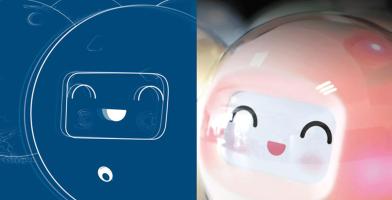
LEKA
IF WE give robotic companions to children, can we spark interaction & motivation to learn, play & progress?
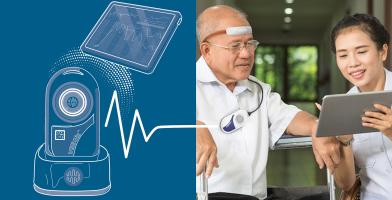
NEUROSERVO
IF WE detect neurological pathologies early using a brain-wave capturing device, can we save patient lives and reduce hospital costs?
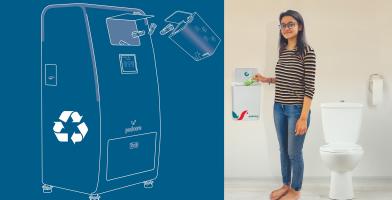
PADCARE LABS
IF WE embrace circular economy to dispose of sanitary napkins, can we empower women while reducing impact on the planet?
Submit your project
Do you think your project is the next big thing?
Join the team !
